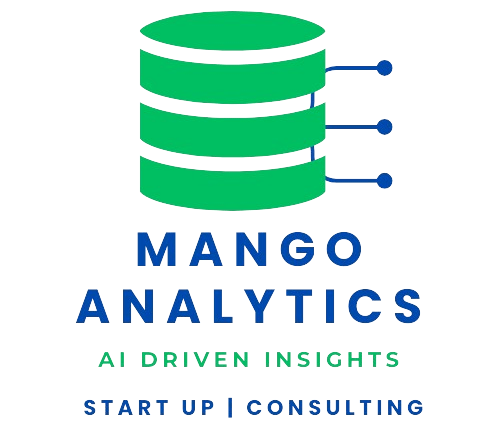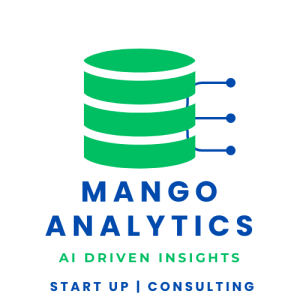Artificial Intelligence (AI) has evolved from a niche academic discipline to a transformative force that is reshaping industries and redefining the future. This article explores the growth of AI, its impact across various sectors, and the innovations driving its rapid development.
The Evolution of AI
Early Beginnings
The concept of AI dates back to the mid-20th century when pioneers like Alan Turing and John McCarthy laid the groundwork for machine intelligence. Early AI research focused on symbolic reasoning and rule-based systems, with limited practical applications. Despite the initial excitement, the field experienced several “AI winters,” periods of reduced funding and interest due to unmet expectations.
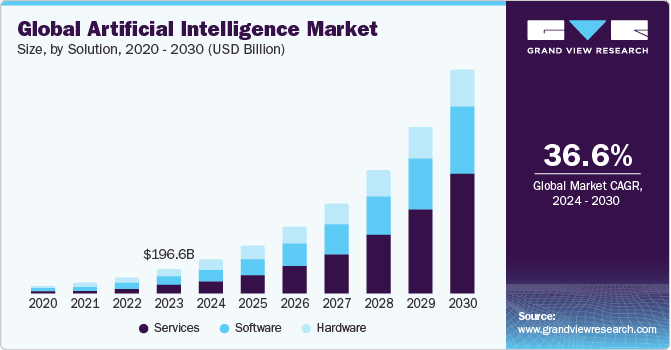
Machine Learning and Big Data
The advent of machine learning (ML) in the 1980s marked a significant shift in AI development. Unlike traditional AI, which relied on explicit programming, ML algorithms could learn from data and improve over time. This paradigm shift, coupled with the explosion of big data and advancements in computing power, propelled AI into a new era of growth.
Deep Learning and Neural Networks
The 2010s witnessed a breakthrough with deep learning, a subset of ML that uses artificial neural networks to model complex patterns in data. Deep learning algorithms, such as convolutional neural networks (CNNs) and recurrent neural networks (RNNs), achieved remarkable success in tasks like image recognition, natural language processing (NLP), and game playing. This success revitalized interest in AI and spurred significant investments from both academia and industry.
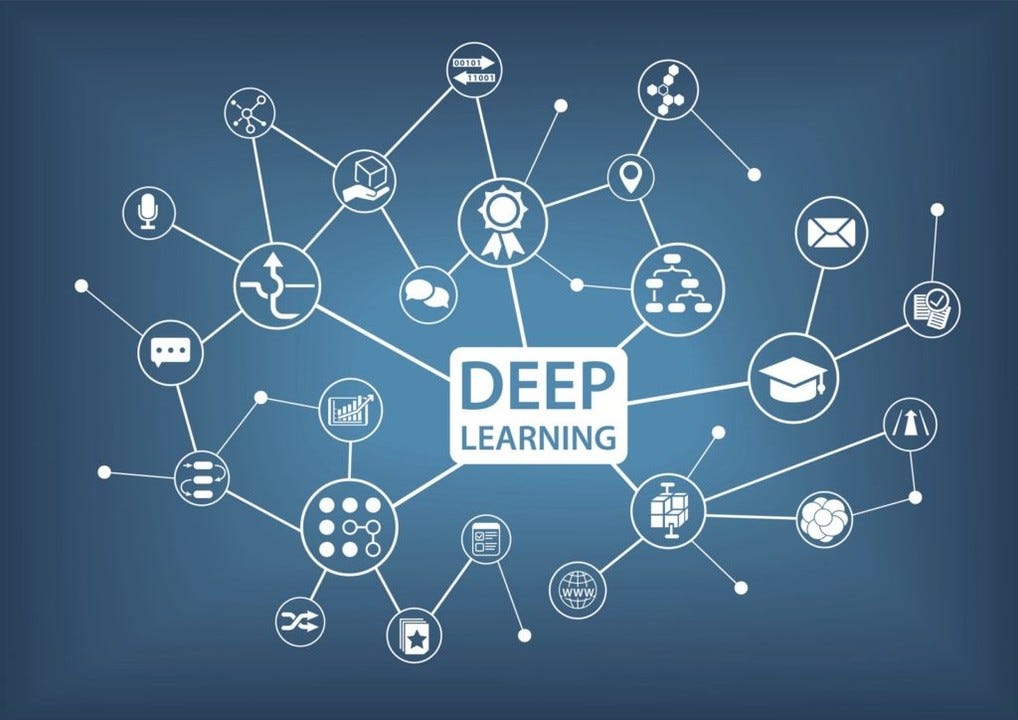
Impact Across Industries
Healthcare
AI is revolutionizing healthcare by enhancing diagnostics, personalized medicine, and operational efficiency. Machine learning models analyze medical images with high accuracy, aiding in the early detection of diseases like cancer. AI-powered tools, such as IBM Watson Health, assist doctors in making informed treatment decisions by analyzing vast amounts of medical literature and patient data. Moreover, AI streamlines administrative tasks, reducing costs and improving patient care.
Finance
In the finance sector, AI-driven algorithms are transforming trading, risk management, and customer service. High-frequency trading firms leverage AI to execute trades at lightning speed, maximizing profits. AI models assess credit risk more accurately, enabling lenders to make better-informed decisions. Additionally, AI-powered chatbots and virtual assistants enhance customer service by providing personalized financial advice and support.
Retail
Retailers are harnessing AI to optimize supply chains, personalize marketing, and enhance customer experiences. Predictive analytics help retailers forecast demand, manage inventory, and reduce waste. AI-driven recommendation engines, like those used by Amazon and Netflix, analyze user behavior to provide tailored product suggestions, increasing sales and customer satisfaction. In-store, AI technologies like computer vision enable cashier-less checkouts, streamlining the shopping experience.
Manufacturing
AI is driving the fourth industrial revolution by enabling smart manufacturing and predictive maintenance. Industrial robots equipped with AI algorithms perform tasks with precision and adaptability, improving production efficiency. Predictive maintenance uses AI to analyze sensor data from machinery, identifying potential failures before they occur, thus reducing downtime and maintenance costs.
Transportation
AI is transforming transportation through advancements in autonomous vehicles, logistics, and traffic management. Companies like Tesla and Waymo are developing self-driving cars that leverage AI to navigate complex environments safely. AI optimizes logistics by predicting delivery times, optimizing routes, and managing fleets. In urban areas, AI-powered traffic management systems reduce congestion and improve safety by dynamically adjusting traffic signals based on real-time data.
Innovations Driving AI Growth
Reinforcement Learning
Reinforcement learning, a type of ML where agents learn by interacting with their environment, has driven significant advancements in AI. Notable achievements include AlphaGo, developed by DeepMind, which defeated human champions in the complex game of Go. Reinforcement learning is now being applied to areas like robotics, autonomous driving, and resource management.
Natural Language Processing
NLP has seen remarkable progress, enabling machines to understand and generate human language. Models like OpenAI’s GPT-3 can generate coherent and contextually relevant text, facilitating applications in content creation, customer support, and language translation. AI-powered virtual assistants, such as Apple’s Siri and Amazon’s Alexa, leverage NLP to interact with users naturally.
Edge AI
Edge AI brings intelligence to the edge of the network, allowing data processing to occur locally on devices rather than in centralized data centers. This reduces latency and bandwidth usage, enabling real-time decision-making in applications like autonomous vehicles, smart cameras, and IoT devices. Edge AI enhances privacy and security by keeping sensitive data on local devices.
Ethical AI and Governance
As AI becomes more pervasive, ethical considerations and governance frameworks are gaining importance. Ensuring transparency, fairness, and accountability in AI systems is crucial to prevent bias and misuse. Organizations and governments are developing guidelines and regulations to promote responsible AI development and deployment, fostering trust and ensuring societal benefits.
Challenges and Future Directions
Data Privacy and Security
The widespread use of AI raises concerns about data privacy and security. Collecting and analyzing large amounts of personal data can lead to breaches and misuse. Developing robust data protection measures and ensuring compliance with regulations like GDPR is essential to address these concerns.
Bias and Fairness
AI systems can inadvertently perpetuate biases present in training data, leading to unfair outcomes. Addressing bias and ensuring fairness requires diverse and representative datasets, as well as transparent and explainable AI models. Ongoing research and collaboration between stakeholders are necessary to mitigate these issues.
Workforce Displacement
Automation driven by AI may lead to job displacement in certain sectors. Preparing the workforce for the AI-driven future through reskilling and upskilling initiatives is critical. Governments, educational institutions, and businesses must work together to create opportunities and support workers in transitioning to new roles.
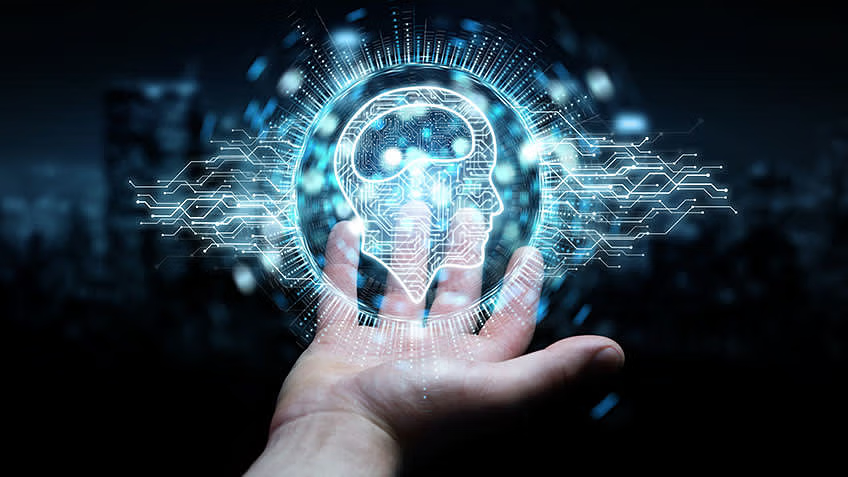
Future Directions
The future of AI holds immense potential, with ongoing advancements in quantum computing, neuromorphic engineering, and human-AI collaboration. Quantum computing could revolutionize AI by solving complex problems that are currently intractable. Neuromorphic engineering aims to develop hardware inspired by the human brain, enabling more efficient and powerful AI systems. Human-AI collaboration will enhance decision-making, creativity, and problem-solving across various domains.
Conclusion
The growth of AI is transforming industries and shaping the future in unprecedented ways. From healthcare and finance to retail and transportation, AI is driving innovation, improving efficiency, and enhancing customer experiences. As AI continues to evolve, addressing ethical considerations, ensuring data privacy, and preparing the workforce for the AI-driven future will be crucial. Embracing AI responsibly and collaboratively will unlock its full potential, leading to a more intelligent and interconnected world.
FAQs
1. How is AI transforming healthcare?
AI enhances diagnostics, personalized medicine, and operational efficiency in healthcare. Machine learning models analyze medical images, assist in treatment decisions, and streamline administrative tasks.
2. What is the role of AI in finance?
AI-driven algorithms transform trading, risk management, and customer service. They execute trades quickly, assess credit risk accurately, and enhance customer interactions through chatbots and virtual assistants.
3. How does AI improve retail experiences?
AI optimizes supply chains, personalizes marketing, and enhances customer experiences. Predictive analytics forecast demand, recommendation engines suggest products, and in-store AI technologies enable cashier-less checkouts.
4. What innovations are driving AI growth?
Reinforcement learning, natural language processing, edge AI, and ethical AI are key innovations driving AI growth. These technologies enhance machine learning, enable natural interactions, and bring intelligence to edge devices.
5. What challenges does AI face regarding data privacy?
AI raises concerns about data privacy and security due to the collection and analysis of personal data. Robust data protection measures and compliance with regulations like GDPR are essential to address these concerns.
6. How can we address AI bias and ensure fairness?
Addressing AI bias requires diverse datasets, transparent models, and collaboration among stakeholders. Ensuring fairness involves ongoing research and implementing guidelines for responsible AI development.
7. What is the future potential of AI?
The future of AI includes advancements in quantum computing, neuromorphic engineering, and human-AI collaboration. These technologies will enhance AI’s problem-solving capabilities and efficiency, leading to new applications and innovations.
